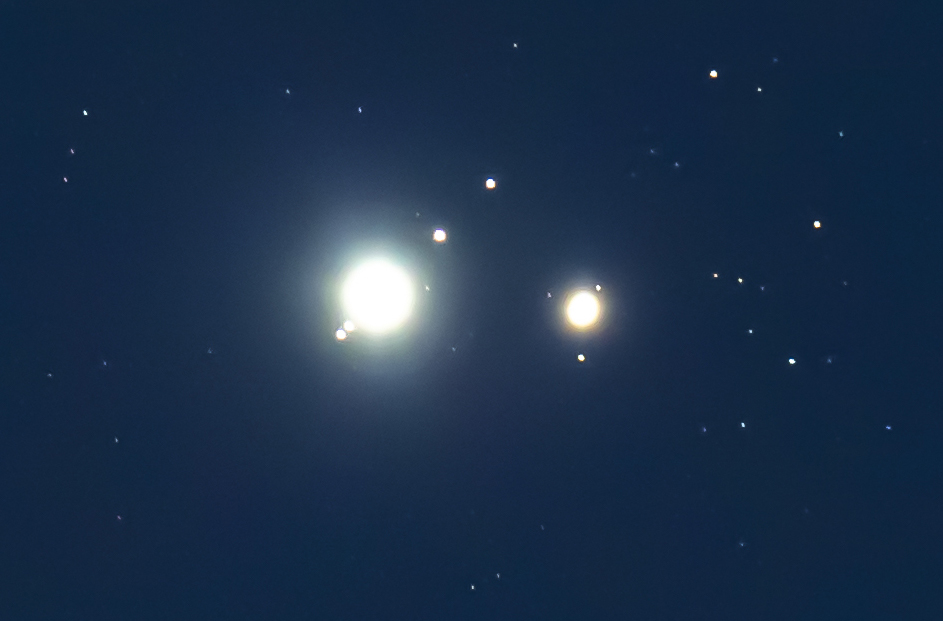The Mystery of the Star of Bethlehem
Now after Jesus was born in Bethlehem of Judea in the days of Herod the king, behold, magi from the east arrived in Jerusalem, saying, “Where is He who has been born King of the Jews? For we saw His star in the east and have come to worship Him.” Matthew 2:1-2
Thousands of years since the Star of Bethlehem led the Magi on a journey to celebrate the birth of Jesus Christ, the celestial sign continues to enchant—and baffle—astronomers, with various theories proposed for the cosmic mystery. If we assume the eastern Magi were made aware of Jewish prophecy by the prophet Daniel while he was in captivity in Babylon, it is reasonable to think they would have undertaken the journey to witness the great event foretold in Jewish scriptures.
- Supernova: One explanation is that the Star of Bethlehem was a supernova—the biggest explosion humans have ever seen. Each blast is the extremely bright, super-powerful explosion of a star. However, no astronomers have found historical records for such a large, bright event in the sky around the time of Jesus’ birth. Even if there had been such an event, the Magi—probably Persian or Arabian astrologers—would most likely have walked in a circle over an assumed four to five month journey from Babylon, since stars appear to rise and set in the sky and their location changes by 1° every night.
- Comet: A bright comet pointing the way to Jesus’ birthplace is another popular theory. One of the earliest recorded appearances of these cosmic snowballs, documented by Chinese astronomers, was in the constellation Capricorn in 5 B.C. Another candidate is Halley’s Comet, which, based on its appearances since being named in 1758, would have been visible in the night sky in 11 B.C. However, as the Magi traveled to Bethlehem, it is unlikely they followed a comet because its position would have changed as the Earth rotated, so the celestial body would not have led them in one direction. Furthermore, comets were usually viewed as bad omens, so it is unlikely the Magi would have seen it as a sign that the Jewish messiah had finally been born.
- Planetary conjunction: The Star of Bethlehem theory most favored by astronomers was first proposed by Johannes Kepler in the 17th century. A conjunction occurs when two or more celestial objects appear to meet in the sky from our location on Earth. In 7 B.C. Jupiter and Saturn had three such encounters in the constellation Pisces, which is associated with the Jewish people in astrology. This triple conjunction was an extremely rare event that, according to some researchers, the Magi interpreted as a sign of the birth of a powerful king.
The Christmas Star of 2020

On December 21, 2020 a rare “Christmas Star” lit up the night sky as Jupiter and Saturn crossed paths during the closest and brightest planetary alignment in almost eight centuries.
Astronomers and amateur stargazers alike wondered if it could be a repeat of the ancient phenomenon that heralded the birth of Jesus Christ more than 2,000 years ago.
Whether or not they were the same celestial event, both served as a beacon of hope—for the Jews during Roman oppression, and for 21st century hopefuls in the throes of a pandemic.
